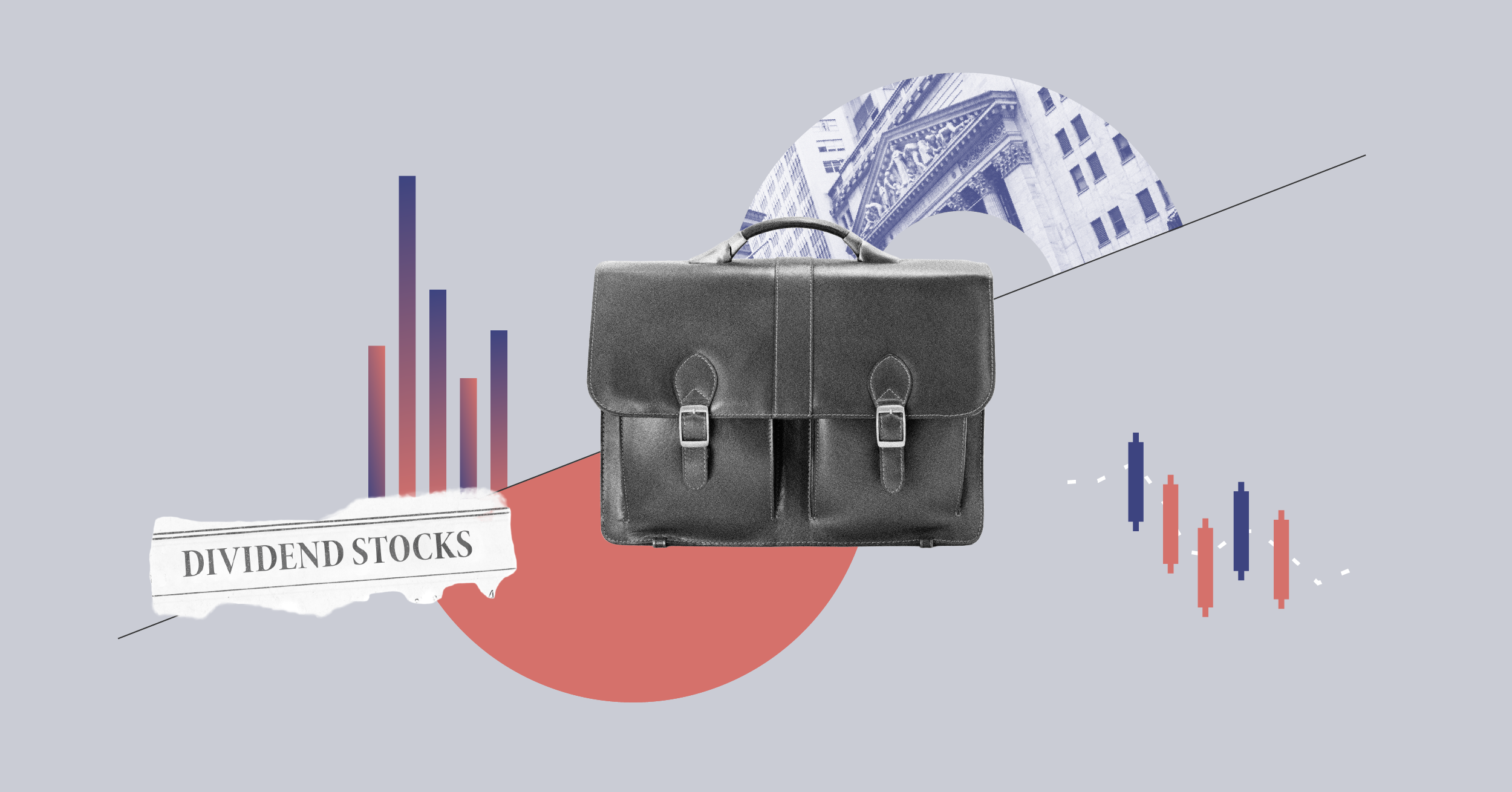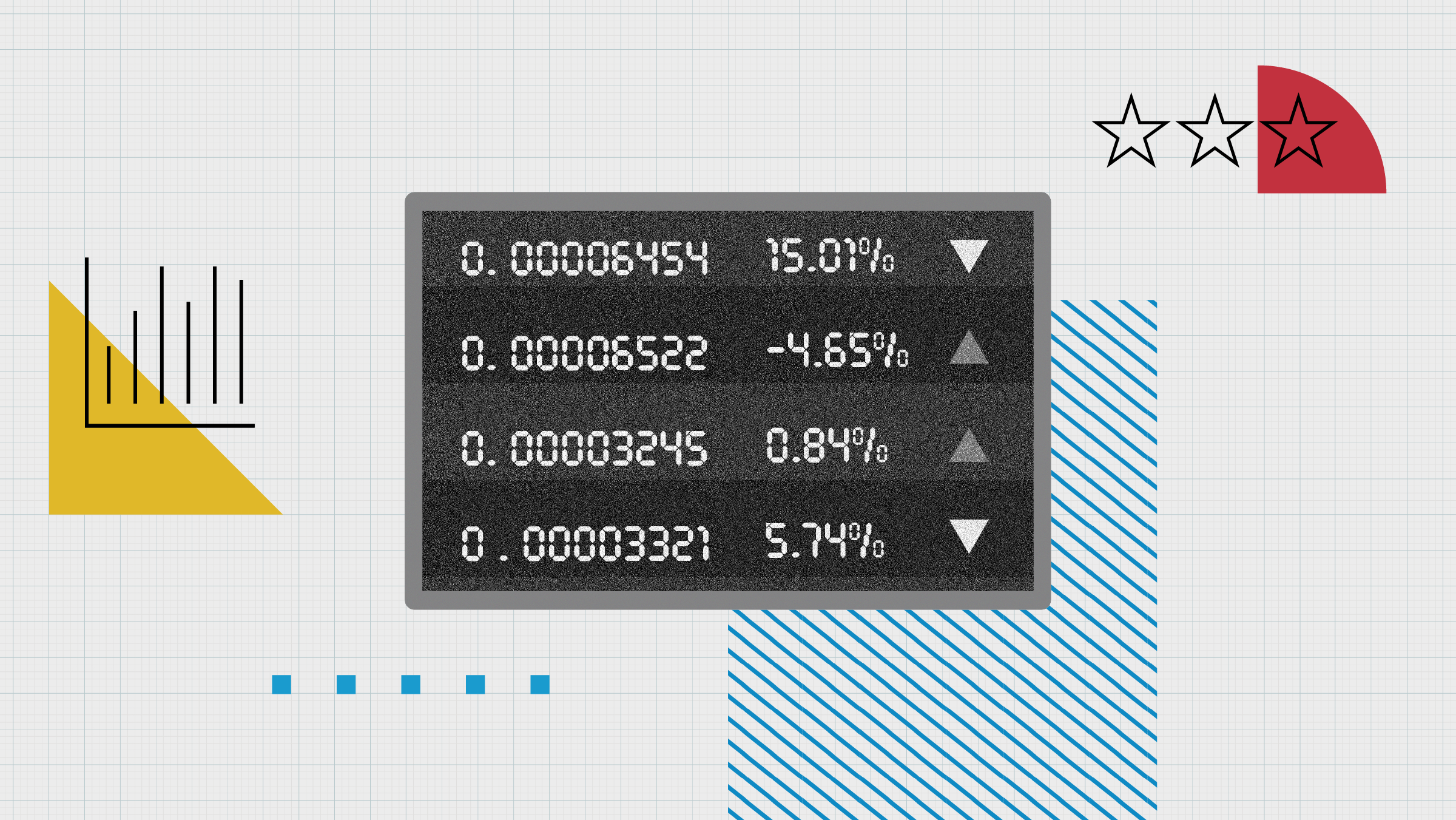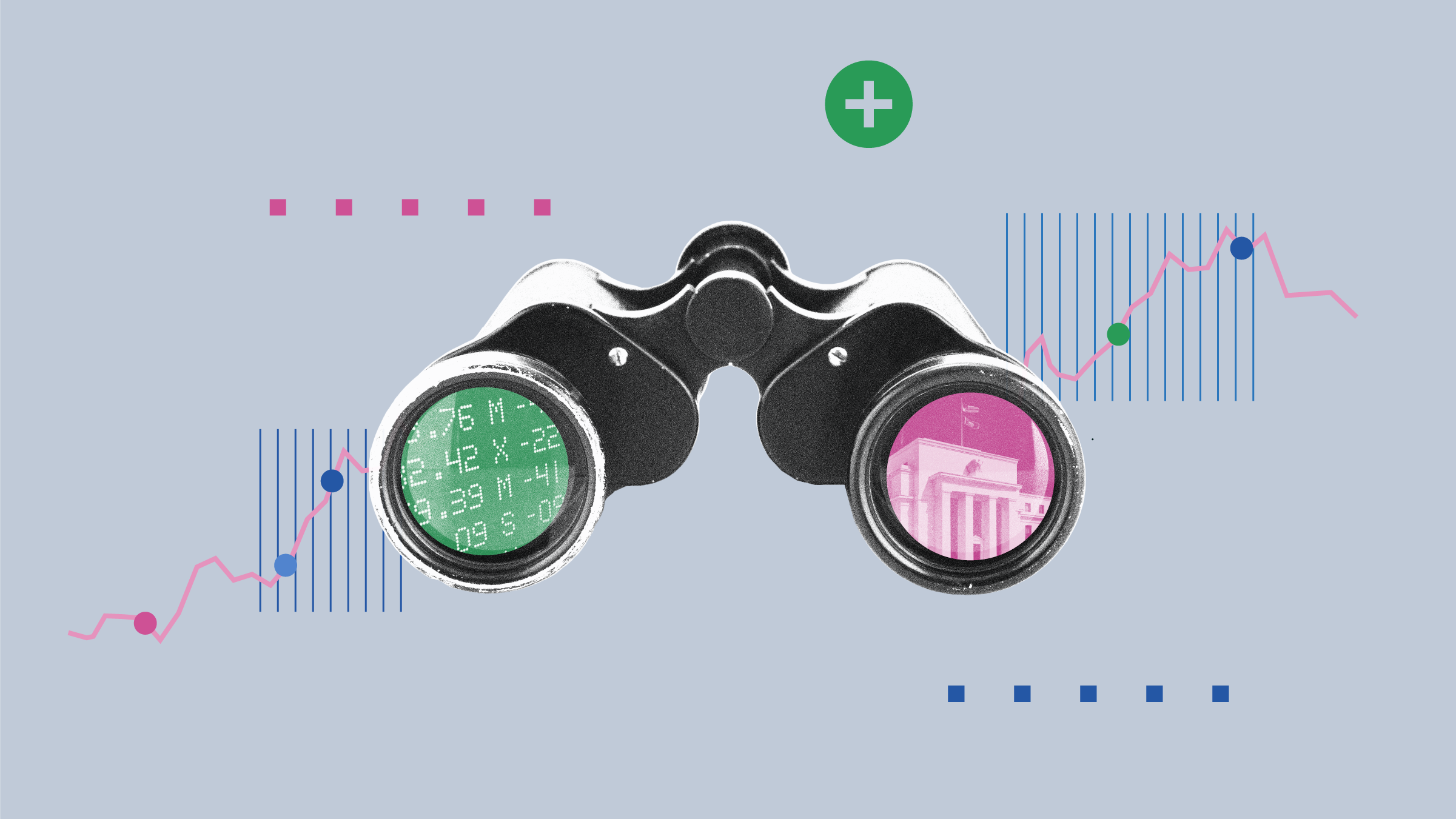With stocks at record-high levels, savvy investors are paying at least as much attention to reducing risk in their portfolios as they are to wringing out more return. And risks seem to lurk everywhere you look -- to the potential for rising bond yields to not-cheap equity valuations to political unrest throughout the globe.
Yet, even as it's worthwhile to anticipate and mitigate the effects of those risk factors, there are some risks that investors could be blowing out of proportion, or inadvertently taking other types of risk as they look to offset them. Here are a few of the key ones.
Overrated risk factor 1: Invading principal
Many retired investors aim to live off whatever income their portfolios kick off, while leaving their principal alone. By subsisting only on yield, they'll never risk outliving their money, and they're apt to be able to leave a nice sum of money to their loved ones.
There's nothing wrong with anchoring a portfolio in income-producing securities, both dividend-paying stocks and bonds. Dividends are an indication of a company's financial wherewithal and have been a huge component of the equity market's return over time. Bond income represents the majority of the return that fixed-income fundholders receive, too.
Yet, the current interest-rate climate makes it challenging for many retirees to live on yield alone. Most high-quality, intermediate-term bond funds yield less than 3% today, and even low-cost, well-managed dividend-focused funds like Sentry Canadian Income  barely pay out more than 3%. That may be a livable yield for those who have a lot of wealth. But for investors who need a higher yield than 3% to 3.5%, the choice is to edge out on the risk spectrum to generate a higher yield or to tap capital to make up the shortfall. I'd argue that periodically tapping capital from appreciated assets -- right now, that means stocks and lower-quality bond types -- is preferable to venturing into higher-yield/higher-risk investments. As I discussed in this article, such rebalancing can help reduce a portfolio's volatility. By contrast, investors gunning for income alone are likely to find slim pickings at this time.
barely pay out more than 3%. That may be a livable yield for those who have a lot of wealth. But for investors who need a higher yield than 3% to 3.5%, the choice is to edge out on the risk spectrum to generate a higher yield or to tap capital to make up the shortfall. I'd argue that periodically tapping capital from appreciated assets -- right now, that means stocks and lower-quality bond types -- is preferable to venturing into higher-yield/higher-risk investments. As I discussed in this article, such rebalancing can help reduce a portfolio's volatility. By contrast, investors gunning for income alone are likely to find slim pickings at this time.
Overrated risk factor 2: Losses in core-type bond funds
Investors are wise to not be complacent about the bond market. Even as declining bond yields -- combined with fairly mild inflation -- have made bonds a pretty tranquil investment over the past three decades, a reversal of those trends could spell losses for bond portfolios.
But it's also a mistake to overestimate the impact of rising rates for the core-type bond funds that populate most investors' portfolios. For one thing, investors (myself included) have been sounding alarm bells about the risks that rising interest rates pose for bond portfolios for a good three years now. While interest rates did indeed bump up last summer, jostling bond funds in the process, yields have declined again so far this year and are lower today than they were three years ago. Investors who retreated to cash rather than risk rising-rate-related losses in bond funds have incurred an opportunity cost.
And even if yields do increase (and bond prices decline), those losses wouldn't compare to the types of losses that equities can incur in periods of volatility. After all, it's a rare core-type bond fund that's taking substantial duration risk at this juncture; the median duration [a measurement of interest-rate sensitivity] for funds in the Canadian Fixed Income category is 6.4 years, while the median distribution yield is just under 1.1% currently. Using the "duration stress test" discussed here, that would translate into a roughly 5% loss for the typical intermediate-term fund if interest rates were to increase by one percentage point in a one-year period. That's a fairly big rate hike. Of course, most investors would rather not have to contend with any losses in the safe portion of their portfolios, but that's still a much smaller loss than equities would experience in a period of volatility. (Equity funds often lose that much in a single month.)
Overrated risk factor 3: International stock volatility
Many investors assume that investing overseas will bring greater risk to their portfolios. But the volatility of funds in the International Equity, European Equity and Asia Pacific Equity categories has actually been comparable to that of funds focused on North American stocks. For example, the median International Equity fund has a 10-year standard deviation of 13.4, whereas the median Canadian Equity and U.S. Equity funds have 10-year standard deviations of 13.7 and 12.1, respectively. More specialized foreign-fund types, such as Emerging Markets Equity offerings, are more volatile than domestically focused funds with a 10-year standard deviation of 17.8. Of course, emerging markets, which show up in plenty of diversified foreign-stock fund portfolios, tend to be subject to geopolitical risks that increase volatility. Moreover, foreign-currency fluctuations add another element of volatility to foreign-stock funds that isn't there for Canadian investors adding money to Canadian-focused funds.
That said, foreign-stock funds vary dramatically in their volatility levels. Some lower-risk foreign-stock funds could reasonably serve as core holdings for risk-averse investors. For example, Mackenzie Ivy Foreign Equity focuses heavily on downside protection, and the net result is volatility (as measured by standard deviation) that is much lower than that of the typical Canadian equity fund. Franklin Mutual Global Discovery  , Capital Group Global Equity
, Capital Group Global Equity  and NEI Ethical Global Equity
and NEI Ethical Global Equity  are also highly rated core funds whose volatility over the past 10 years has been no higher than a broad Canadian equity index fund.
are also highly rated core funds whose volatility over the past 10 years has been no higher than a broad Canadian equity index fund.















